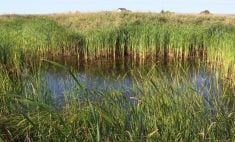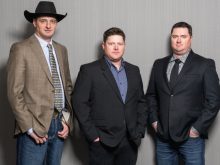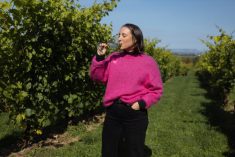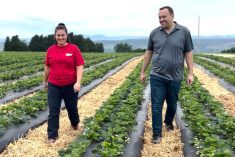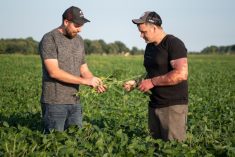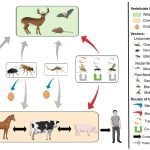Starting their own dairy farm hasn’t exactly been a smooth road for Simon Michaud and Mylene Bourque, but the young Quebec couple’s efforts to establish a productive and efficient farming operation in the heart of tourist country earned them recognition earlier this year as Quebec’s regional finalist for the Outstanding Young Farmer’s program.
Born and raised on dairy farms, Michaud and Bourque both attended ITA (agricultural college) graduating from the agriculture business management program.
Mylene says she always knew she wanted to farm, while Simon explored other interests after college before his father’s health problems in 2004 brought him back to the family farm at Kamouraska, a small community on the south shore of the St. Lawrence River, about two hours east of Quebec City. Mylene joined Simon as an equal partner. Now they, along with four children, are the fifth generation in the dairy farming business Ferme Regika Inc.
Read Also
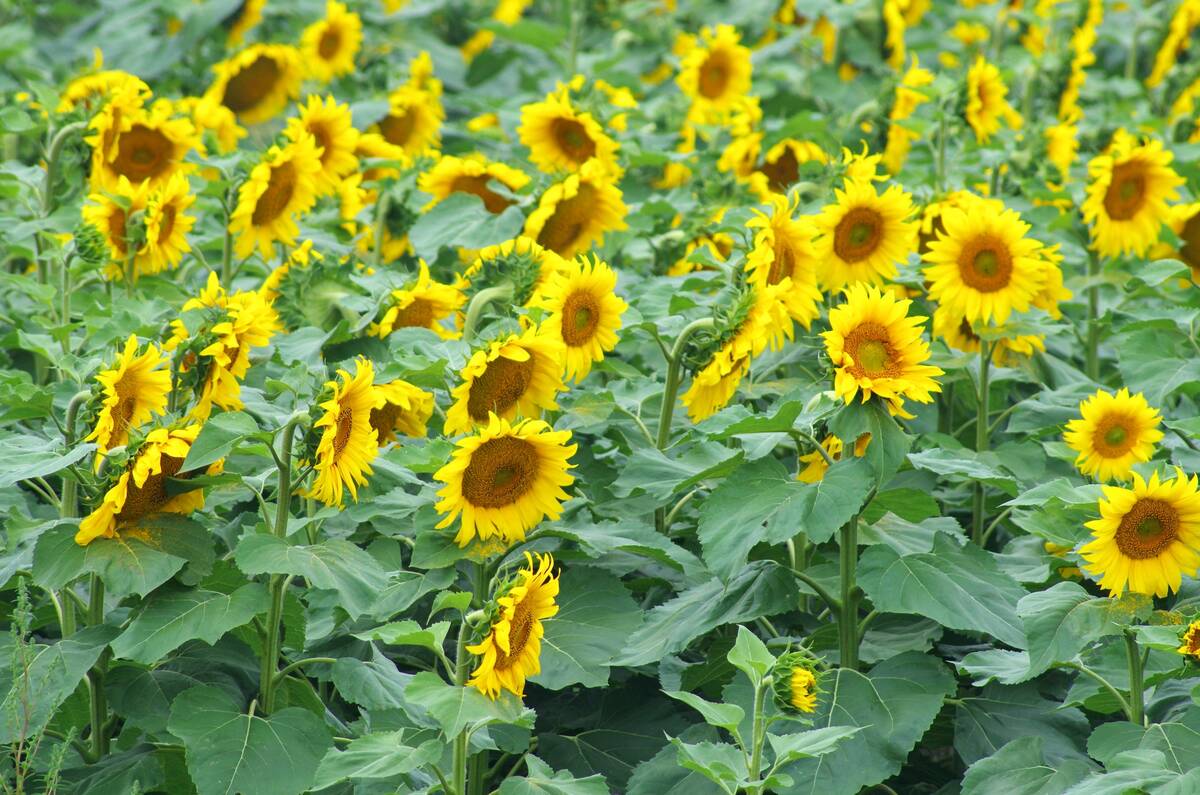
Made-in-Manitoba sunflower hybrid headed to market
Manitoba’s confection sunflower growers will have a new seed option next spring developed specifically for performance in the province. The…
The farm has gone through some expensive lessons over the past 15 years. Looking to expand the milking herd and improve facilities, after some investigation they decided to switch from a tie-stall operation to a free-style barn with a double-seven milking parlour, reflecting a growing trend in the dairy industry.
The new barn was built in 2005 to accommodate 90 head, but almost immediately was impacted by milk production problems. Design issues, lack of space, and poor cow comfort led to feet and leg problems in the herd. The design of the feeding system was also lacking. Simon reports that milk production began to fall and over the next five years never did exceed 8,400 kg/head compared to the production in the old tie-stall barn which averaged about 9,800 kg/head.
Dealing with farm debt and lower-than-expected milk production the young couple decided to return to the system they knew that worked. After more thorough investigation that included key farm advisors, in 2010 the free stall barn was converted to a 30′ x 104′ tie-stall barn to accommodate a 108-head milking herd. The milking parlour was remodelled as well.
Results of the improved tie-stall barn were almost immediate. In the first week, milk production at each milking began to increase by five litres per day. Production was moving in the right direction. Today they run a full herd of 225 head of mostly Holstein with some Brown Swiss cattle, that includes a 110-head milking herd averaging 10,000 kg of milk production.
Along with the dairy herd, the young couple also crop about 300 hectares of mostly deeded and some rented land, producing hay as well as silage corn, grain corn, canola and cereals.
Farming in a high-profile tourist region, Michaud and Bourque pay particular attention not only to maintain a neat and attractive farm homestead but also to apply sustainable conservation farming practices.
Along with the dairy herd, Michaud and Bourque are active in the community and dairy industry, with family being the top priority. The young couple works hard, but also follows a family rule: every second weekend is a weekend off from farming. According to Simon, this is “non-negotiable.”




